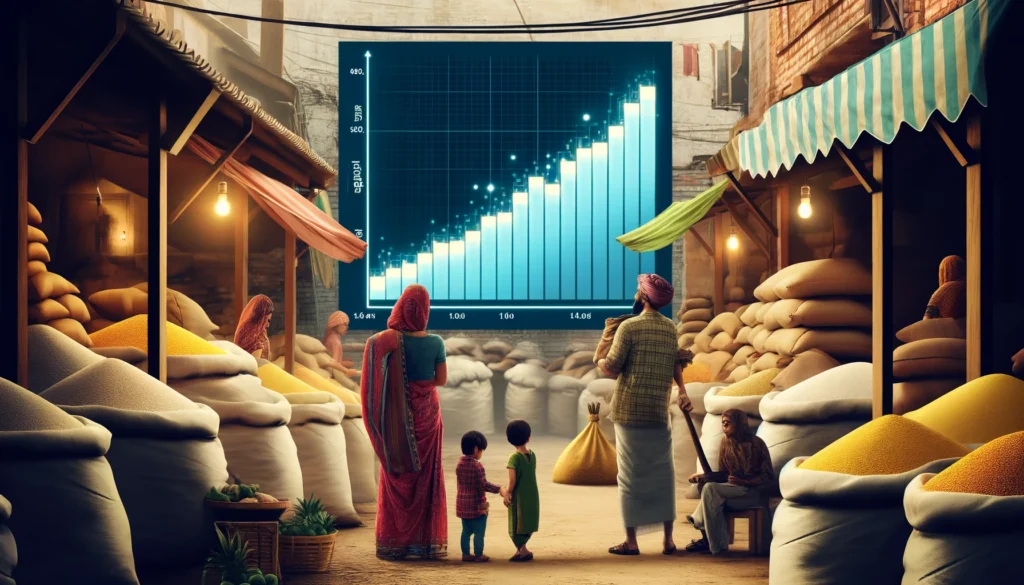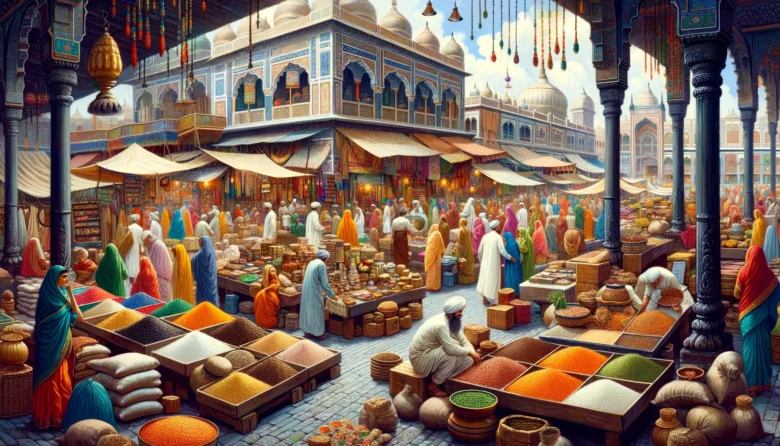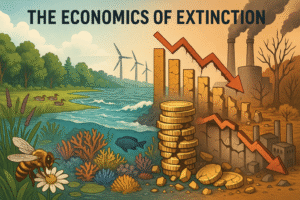In the bustling markets of India, not all economic principles follow the straightforward paths laid out in textbooks. Some consumer behaviors defy basic laws of demand and supply, presenting unique challenges and opportunities for the common man. Today, we’ll explore two intriguing economic anomalies: Giffen Goods and Veblen Goods. These concepts may sound academic, but understanding them can help you navigate the market better, make informed decisions, and perhaps even flaunt your knowledge at your next social gathering!
Understanding Giffen Goods
 What are Giffen Goods?
What are Giffen Goods?
In economic terms, Giffen Goods are products that people consume more of as the price increases, contrary to what one might expect. This phenomenon is rare and occurs under specific conditions: the goods must be essential but inferior, and there must be no close substitutes.
Characteristics and Examples
For many low-income families in India, certain staples like rice or wheat can become Giffen Goods during times of economic hardship. As prices rise, these families might cut back on more nutritious but expensive food items, consuming more of the cheaper staple instead.
Impact on the Common Man
The reliance on such goods can significantly strain a household’s budget, especially among the poorer segments of society. When the price of a basic necessity increases, it consumes a larger portion of their income, which reduces their ability to purchase other essentials, potentially worsening their overall nutritional intake and quality of life.
Exploring Veblen Goods
What are Veblen Goods?
Veblen Goods flip the typical shopping behavior on its head. Named after economist Thorstein Veblen, these are luxury items where the demand increases with a rise in price. These goods serve as status symbols, with their desirability often driven by their exclusivity and price tag.
Characteristics and Examples
In the vibrant Indian market, luxury vehicles, designer clothing, and high-end smartphones often act as Veblen Goods. The higher prices make them prestigious, signaling wealth and social status.
Impact on the Common Man
While the average consumer might not purchase these items, the culture of aspirational spending influenced by Veblen Goods can affect societal norms and expectations. It contributes to a culture of consumption where people may feel pressure to stretch their budgets for status-enhancing products, often at the expense of their financial well-being.
Economic and Social Implications
Broader Economic Effects
Both Giffen and Veblen Goods can influence market dynamics in significant ways. For instance, the demand for Giffen Goods can lead to inflationary pressures in staple goods, while Veblen Goods can drive up prices in luxury segments, affecting economic inequality.
Social Consequences
These goods can exacerbate social stratification, creating visible divides between different economic classes. They also influence consumer culture, shaping how people prioritize their spending based on perceived social benefits rather than actual needs.
Personal Finance
Understanding these concepts is crucial for effective personal finance management. Recognizing whether you are buying something out of necessity or as a Veblen good can help you make more rational spending decisions.

Why It Matters to You
Why should the average person care about these high-flown economic terms? By understanding Giffen and Veblen Goods, you can better understand market forces and make more informed decisions. This knowledge empowers you to resist marketing pressures, recognize when prices are artificially inflated, and choose products that offer genuine value.
Conclusion
Giffen Goods and Veblen Goods illustrate the complex and sometimes counterintuitive nature of consumer markets, particularly in a diverse economic landscape like India’s. By becoming more observant and informed consumers, we can not only navigate these complexities better but also advocate for more equitable economic policies and practices. Let’s all strive to be smarter consumers and more engaged economic citizens!
Author’s Note:
Thank you for taking the time to read this exploration into some of the more unique economic phenomena occurring in India. I aim to demystify these concepts and show how they impact everyday life and consumer behavior. I hope this blog sparks your interest in the subtleties of economics that influence our daily decisions and societal trends.
G.C., Ecosociosphere contributor.
References and Further Reading:
- “Poor Economics: A Radical Rethinking of the Way to Fight Global Poverty” by Abhijit V. Banerjee and Esther Duflo – This book provides insights into the behaviors of the economically disadvantaged, which helps in understanding the consumption patterns related to Giffen goods.
- “The Theory of the Leisure Class” by Thorstein Veblen – A seminal work that introduced the concept of conspicuous consumption and Veblen goods.
- “Priceless: The Myth of Fair Value (and How to Take Advantage of It)” by William Poundstone – Explores the psychology of pricing and consumer behavior, relevant for understanding Veblen goods.




